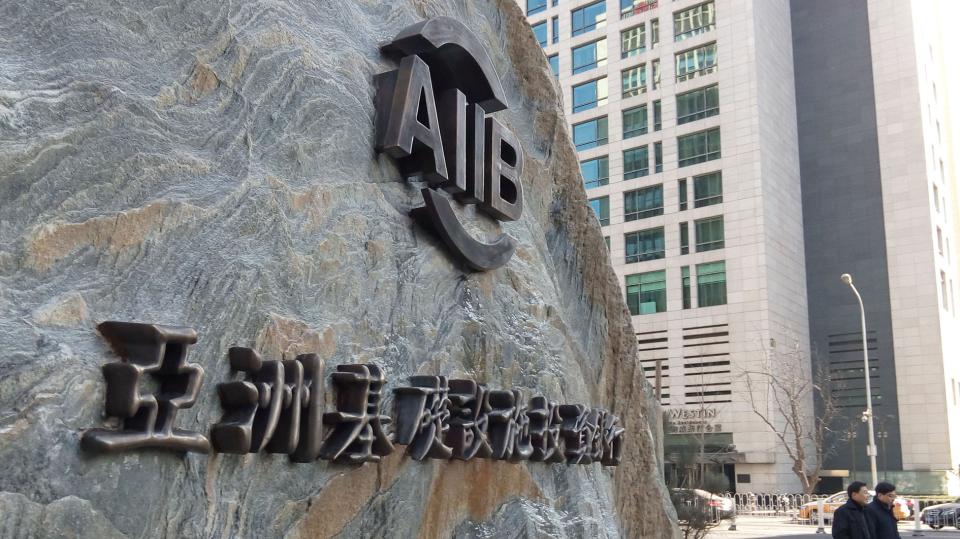A "heavy" strategy of financial diplomacy could expose China to huge economic and political risks in host markets, argues one researcher, calling for "lighter" diplomacy to build China's voice in global financial institutions.
Huang Jinlao, a researcher with the Chongyang Institute for Financial Studies, Renmin University of China, explained the two choices in an analysis posted on the institute’s web site on July 27. Buying or selling US treasury bonds, a typical “heavy” strategy, can have some influence on the value of both the bonds and the dollar, but doing this would also make China subject to the risks of the exchange rate, the US interest rate policy, US domestic politics, and the vagaries of the Sino-US relationship.
China’s outward direct investment has been over US$100 billion annually since 2014, and there is over US$1 trillion outstanding lending to foreign borrowers on the books of more than 1,000 overseas branches of Chinese financial institutions. All these assets need protection from economic and political risks.
Huang thinks a "lighter" financial diplomacy can help, referring to the internationalization of the yuan, China's currency, and a stronger voice for China in international financial rule-making. He does not think it is the right time to try to make the yuan a dominant currency like the US dollar. The first step is to become a regional currency in Asia with global influence, via platforms such as the BRICS Bank, the Asian Infrastructure Investment Bank, and the Silk Road Fund, as well as multilateral trade negotiations.
Huang argues that China should also seek a greater share of the IMF quota and a stronger voice in the World Bank’s system, where it can propose the country's ideas on the new international banking regulatory framework.

 Old Version
Old Version